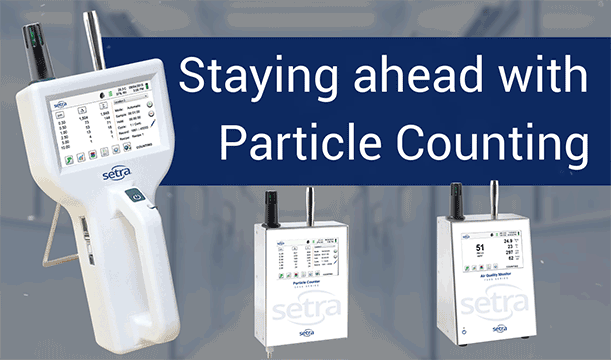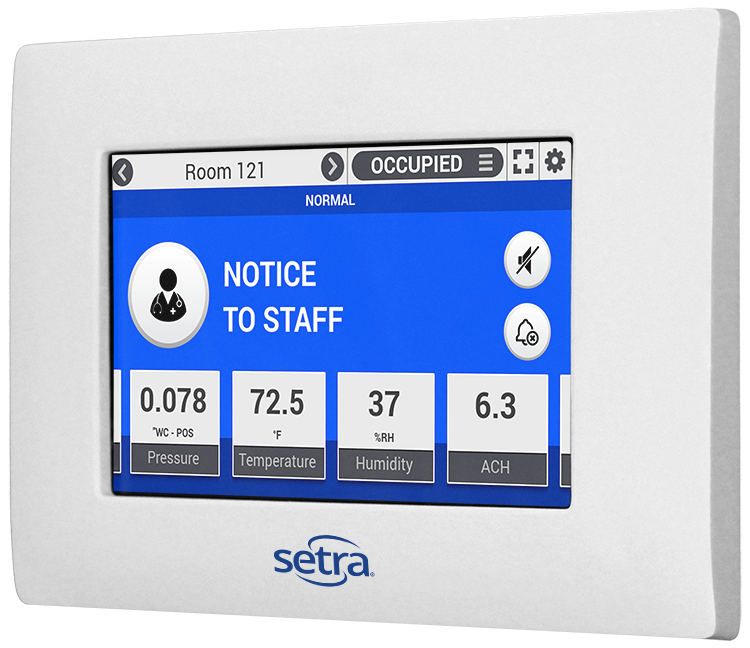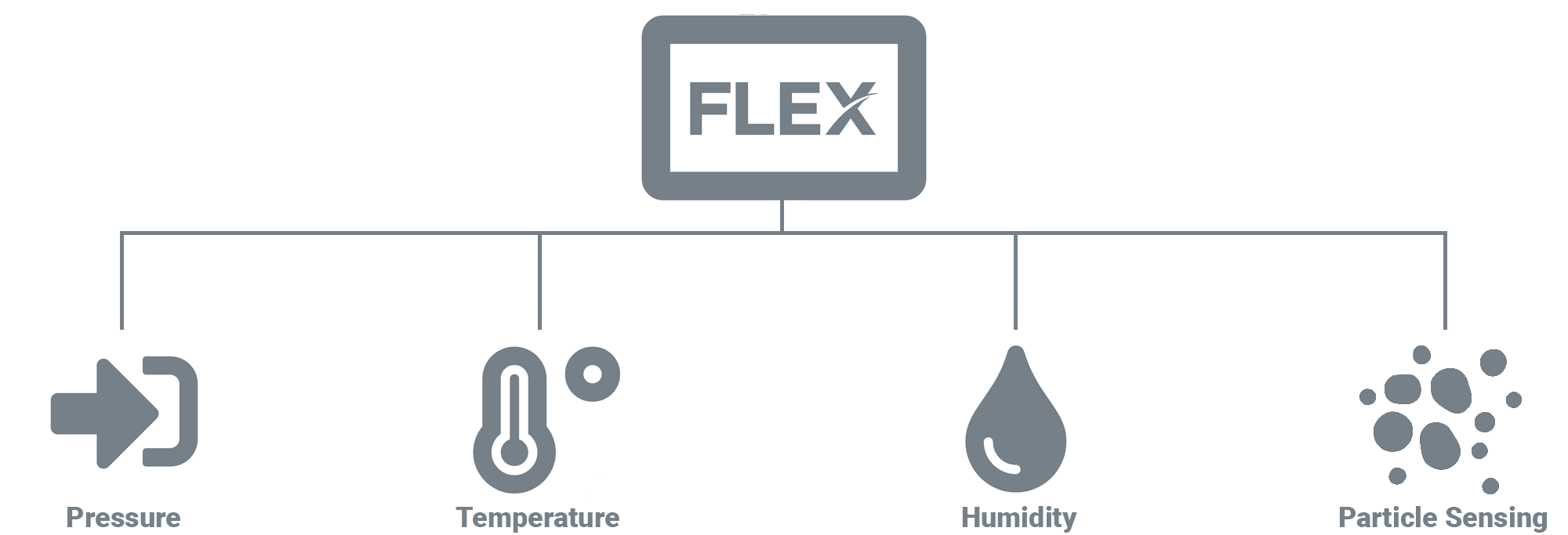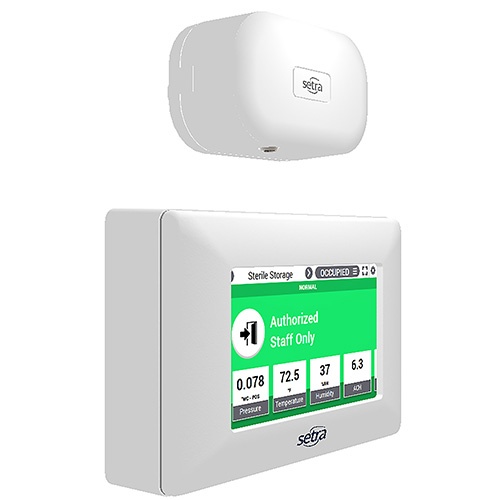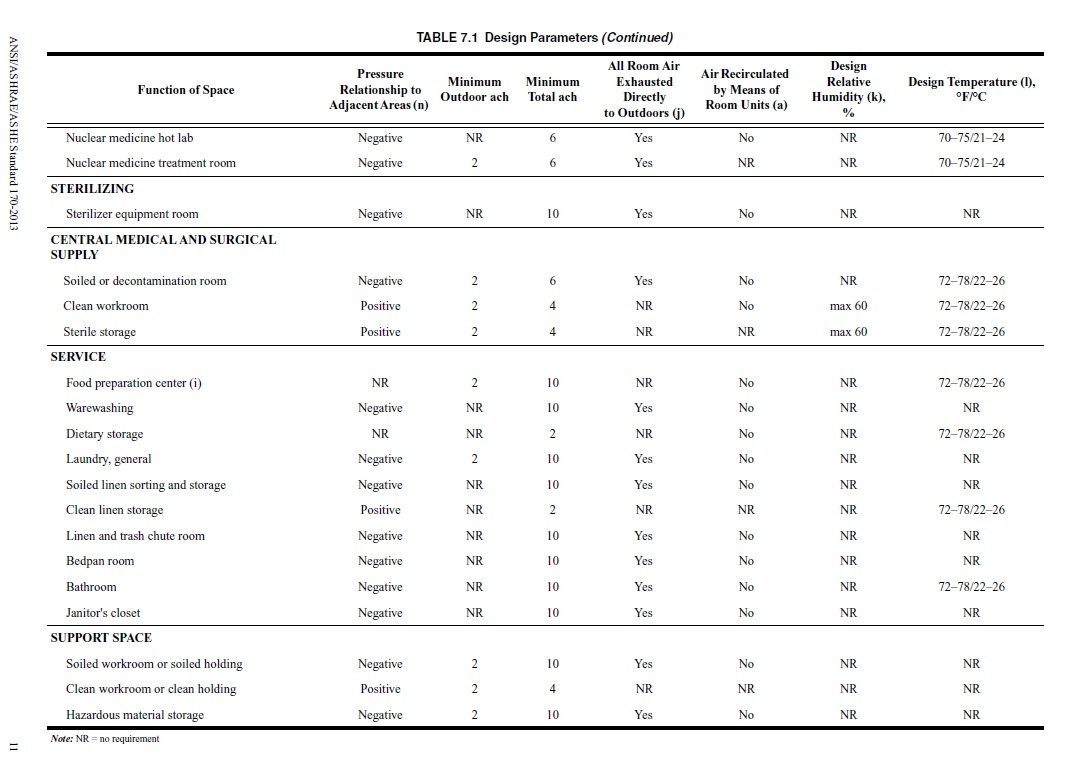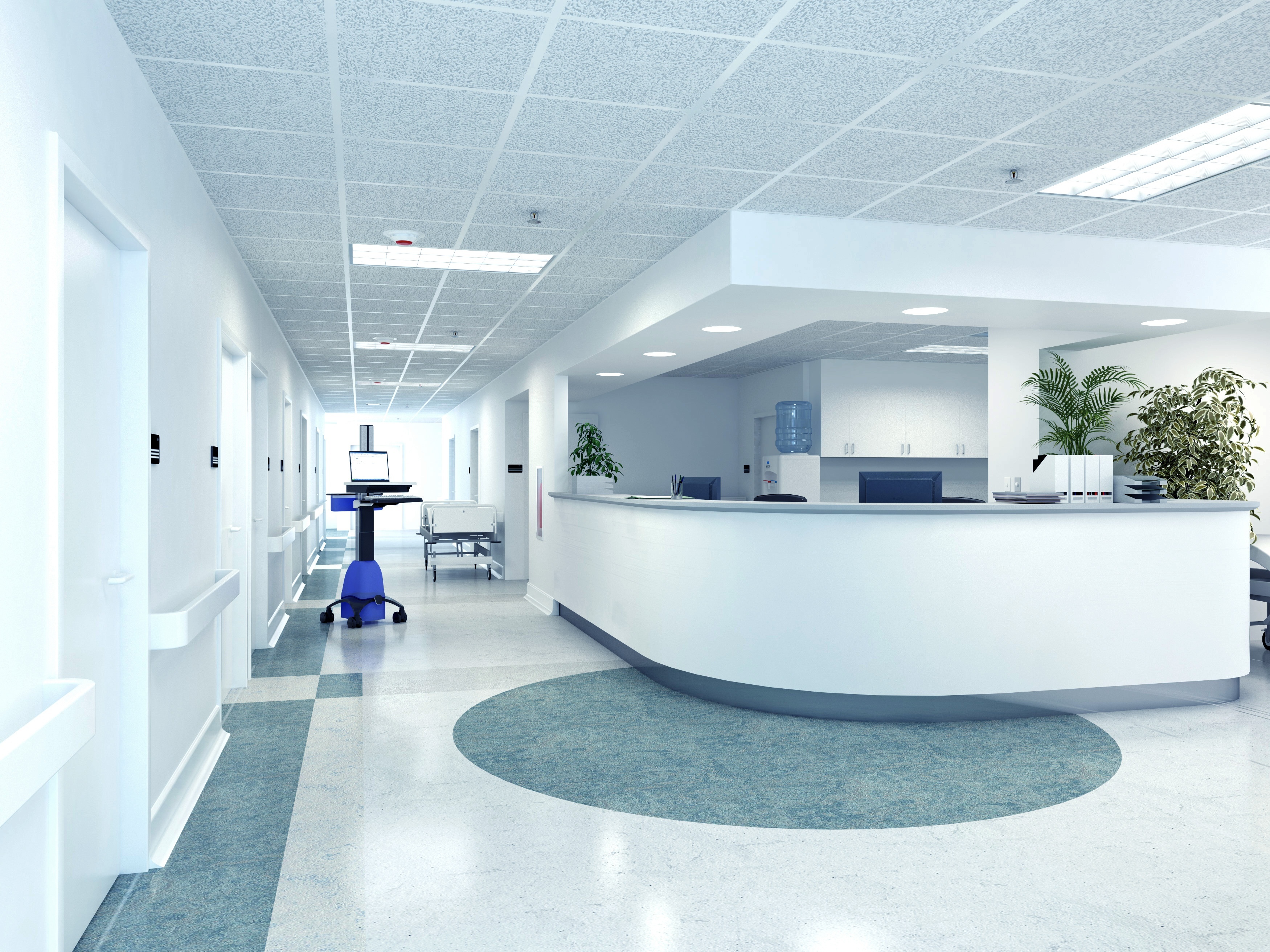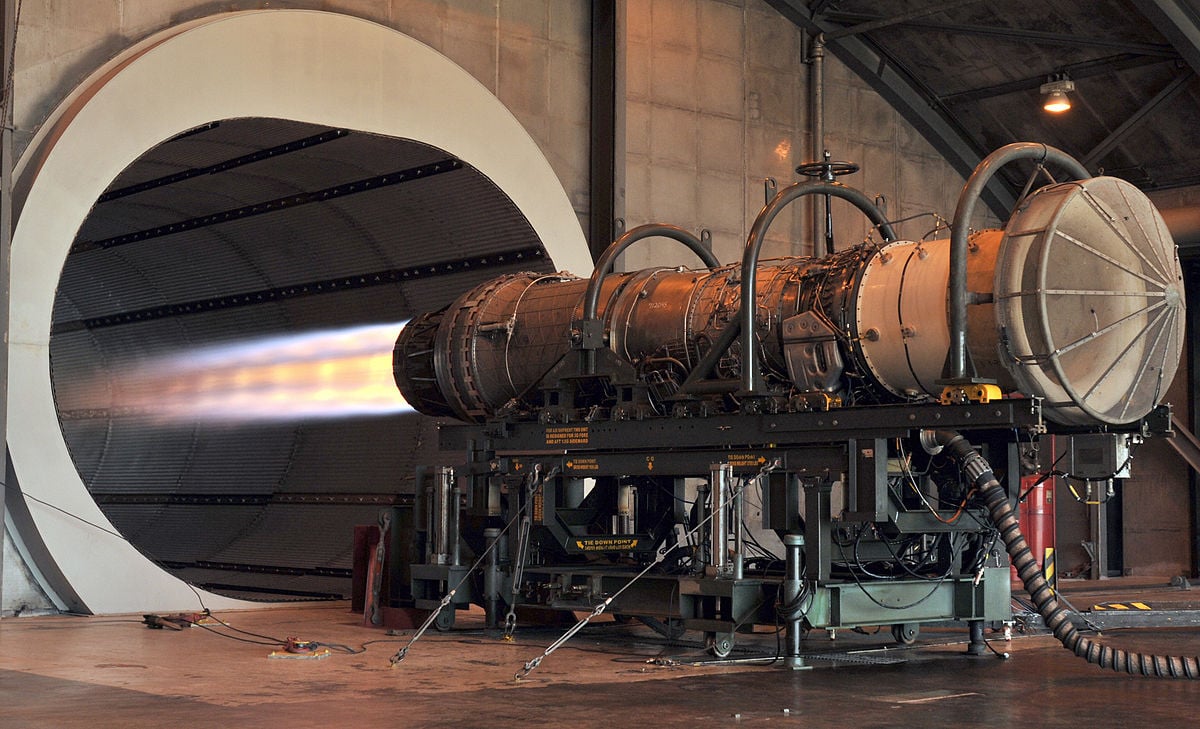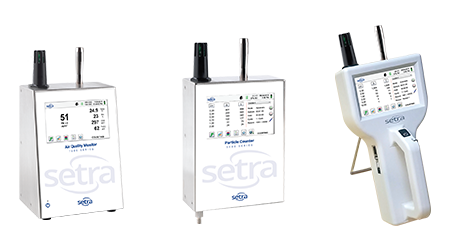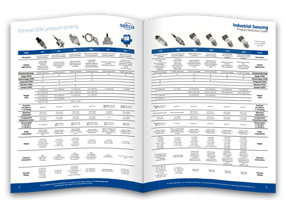Inhaling airborne particles can put both critical patients and healthcare staff at risk for detrimental health issues. Controlling these particles is necessary for protecting both staff and occupants of nearby rooms from exposure to infectious particles. To maintain safety in a hospital, it is crucial to monitor both differential pressure and particle counts in anterooms.
Setra Blog
Meghan Kelley
Recent Posts
Critical environments can have a variety of layouts depending on the purpose of the space. Frequently, these critical environments will have a multi-room setup. Some examples of a multi-room setup are an isolation room and anteroom or a cleanroom, gown up room, and clean storage area.
Requirements and regulations are becoming ever more stringent for critical environments, making finding the right products for a space increasingly difficult. Not only must the specs of the product be considered, but the supplier must be taken into account as well. Shopping around with the intent to purchase from a variety of vendors takes a significant amount of time and effort. In addition to wasted time and effort, buying from multiple vendors comes associated with a number of risks and drawbacks, including:
- Incompatible hardware
- Incompatible software
- Minimal or disjointed tech support
- Inability to integrate products
- Installation and operational issues
Setra’s T/RH sensors are built to meet the requirements of demanding applications. The right choice of appropriate filter cap is essential for best long-term performance, and the right sensor tip depends mainly on the application.
Hot-wire anemometers are widely used throughout hospitals. Although their initial accuracy remains undisputed, a hot-wire anemometer's accuracy is not stable over time. Hot-wire anemometers must be cleaned at regular intervals to remain an accurate and effective solution for monitoring room pressure. Without regular cleaning and calibration, the accuracy of a hot-wire anemometer decreases significantly over time.
Proper room pressure and airflow are crucial for maintaining critical environments in hospitals. When talking about pressurized hospital spaces, the most well-known are operating rooms and isolation rooms. However, these are not the only two pressurized spaces within a hospital. ASHRAE Standard 170 details 60 different types of rooms in a hospital requiring pressurization. Without proper room pressurization, hospitals put their accreditation by the Joint Commission in jeopardy.
1. Recognize the difference between BACnet options
BACnet has a multitude of protocols available, but Setra products typically only operate on one of two options.
In a hospital environment, alarm fatigue is an increasingly prevalent issue. Alarm fatigue is the sensory overload when clinicians are exposed to an excessive number of alarms; this can result in staff ignoring alarms, particularly if different devices employ similar sounds or frequencies. Nuisance alarms are those not representative of a patient in danger but come from devices that don't allow configuration for non-critical circumstances.
February 15, 2019
Models ASL and ASM: Pressure Transducers Designed for Your Aerospace Test Equipment
Test & Measurement application requirements are usually more rigorous than generic industrial specifications. Pressure measurement solutions for Test Stands require much higher accuracy, higher repeatability, and long-term stability. Durability and mechanical protection are often key specifications in these applications as well.
Twice a year, many critical environments - such as compounding pharmacies and cleanrooms - undergo particle certification. To obtain room certification, either a minimum sample volume (as written in the EC GMP Annex 1) should be taken, or the sequential sampling technique (as identified in both FS209E and ISO 14644-1) should be used. However, since this particle certification usually occurs only every six months, many critical environments are unaware of their particle counts during the remainder of the year.
Subscribe to Our Blog!
Topics
- Critical Environments (182)
- HVAC/R (179)
- General Industrial (153)
- Building Automation (134)
- General Industrial OEM (92)
- Energy Management (85)
- Test and Measurement (66)
- HVAC/R OEM (58)
- Barometric (44)
- Alternative Fuels (42)
- Medical (40)
- Process/Mfg Tank Level (40)
- Water and Wastewater (39)
- OHV (38)
- Oil and Gas (35)
- Industrial Vacuum (29)
- Calibration (25)
- Semiconductor (25)
- Particle Counting (18)
- Cleanroom Monitoring (17)
- Room Pressure Monitoring (16)
- Trade Show (12)
- cleanroom environment (12)
- Scales (11)
- Environmental Monitoring (10)
- Power Monitoring (10)
- Healthcare (9)
- Power Meters (9)
- Software (9)
- cleanroom monitoring systems (9)
- Case Study (8)
- critical environment technologies (8)
- Humidity (7)
- data centers (7)
- particle counter (6)
- pressure transducers (6)
- LITE room pressure monitor (5)
- hardware and software cleanroom monitoring systems (5)
- setra lite (5)
- Compliance (3)
- Video (3)
- hospital spaces (3)
- FAQ & Troubleshooting (2)
- Monitoring Compounding Pharmacies (2)
- Semiconductor Manufacturing (2)
- agencies that monitor pharmacies (2)
- energy (2)
- hvac (2)
- laboratories (2)
- monitor compound pharmacy (2)
- protected environment (2)
- regulatory compliance (2)
- setra lite features (2)
- usp 797 (2)
- Current Sensors and Transducers (1)
- Current Transformers (1)
- Pressure (1)
- aerospace cleanrooms (1)
- cems (1)
- digital transformation (1)
- ipv6 multicast (1)
- ipv6 multicast address (1)
- ipv6 multicast address range (1)
- isolation room pressure monitoring (1)
- multicast address ipv6 (1)
- multicast ipv6 (1)
- operating room (1)
- pharma 4.0 (1)
- pressure sensor (1)
- pressure transducer companies (1)
- semi conductor (1)
- sensors and transducers (1)
- setra pressure transducers (1)
- submetering (1)
- sustainability (1)
- temperature monitor (1)
- temperature monitoring for pharmacies (1)
- transducers (1)
- usp 800 (1)
- water (1)
- what does hvac stand for (1)
- what is a transducer (1)
- what is hvac (1)

